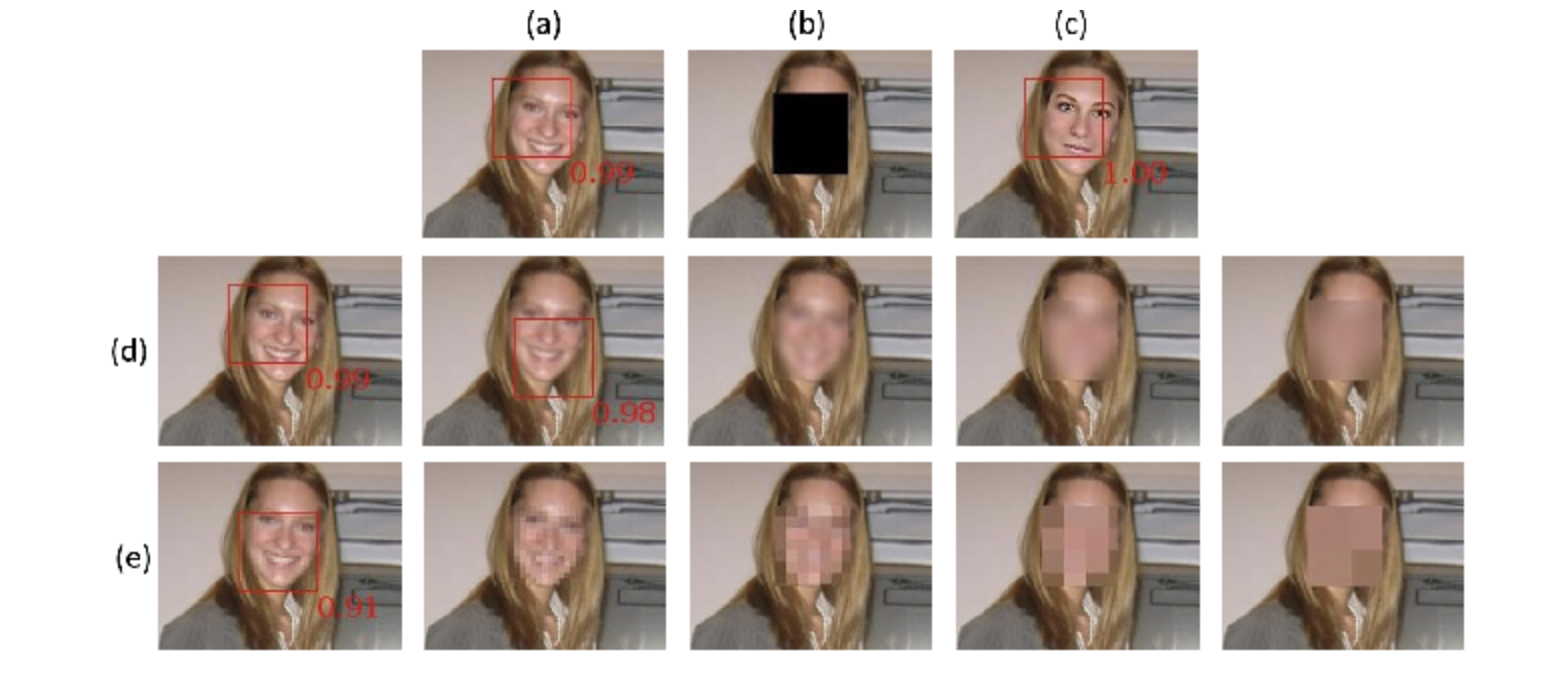Facial recognition may be the computer technique of the moment, but there’s another technique that may be just as relevant: facial redaction. Below, I’ll give you a quick rundown on this noteworthy technology, outlining what it is, how it works and when you might use it.
What is Facial Redaction?
Facial redaction is a computer vision technique that gives users the ability to blur or block out the faces in an image or video.
How does it work?
Before face redaction can occur, face detection must happen first. This is because before the computer vision model can obfuscate a face, it must first locate all the faces in an image. An image or video would therefore first need to be processed by a face detection model, where bounding boxes will be placed around each detected face.
A face redaction model will then either blur or pixelate the contents of each bounding box or replace each bounding box altogether with a black box.
(Source: Sah, Shagan et al. “Detection without Recognition for Redaction.” (2017).)
How does it differ from face recognition?
While face recognition can be used to tell us who is in an image or video, face redaction is used to hide this information, by obfuscating any identifiable facial features in the detected face or faces, to protect the privacy of a certain person or persons where required.
Facial recognition and face redaction can, however, be used together where you need to pixelate the faces of specific persons. There, a facial recognition model would first need to be used so you can identify the individual/s in an image or video. Face redaction would then be used to either obscure that person’s face or redact the faces that it doesn’t recognize as belonging to the person in question.
As privacy concerns and regulations increase, the global demand for face redaction will likely do the same over the next few years. Still, for many businesses around the world, its significance has already been established, even if its popularity is only just catching up.




